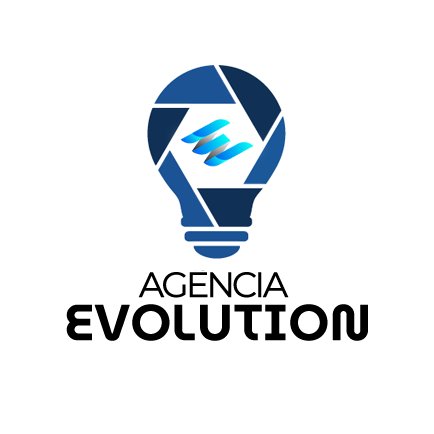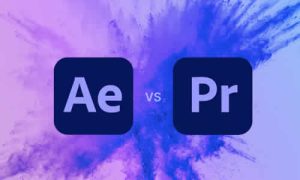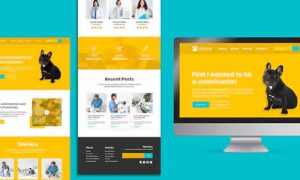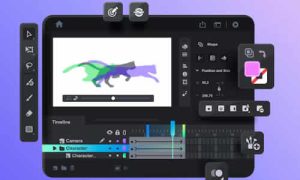Creating a website that not only informs but also delights visitors is essential for any online business. An attractive design can make the difference between a user who quickly navigates away and one who becomes a loyal customer. Let’s explore some design tips that can transform your site into a visually pleasing experience.
Understand the Importance of First Impressions
First impressions are crucial. When a visitor accesses your site, they form an opinion in seconds. Therefore, it’s vital that your design is professional and welcoming. Use a harmonious color palette and readable fonts. A well-structured layout that doesn’t overwhelm the user with information facilitates navigation and increases time spent on the page.
Use White Space Wisely
White space (or negative space) is an often-underestimated ally in design. It helps separate elements, making content more readable and visually appealing. A smart use of white space can highlight important information, guiding the visitor’s eye smoothly through the site.
High-Quality Images
Images play a fundamental role in the site’s aesthetics. Use high-quality images that are relevant to the content. Avoid generic images and prefer those that represent your brand and product. Additionally, remember to optimize images to ensure the site loads quickly, as speed is a crucial factor for user experience.
Intuitive Navigation
Navigation should be simple and intuitive. A clear menu with well-defined categories makes it easier to find information. Consider creating a visible search bar, allowing users to quickly find what they want. The goal is for the visitor not to have to think too much to locate what they are looking for.
Adopt Responsive Design
With the increase in mobile device usage, having a responsive design is critical. Your site should adapt to different screen sizes, ensuring a consistent experience on desktops, smartphones, and tablets. This not only improves user experience but is also an important factor for SEO.
Consistent Typography
The choice of typography also directly impacts the site’s aesthetics. Use fonts that reflect your brand’s identity. Combine fonts harmoniously, avoiding mixing too many different ones. Readability should be a priority; very small text or difficult-to-read fonts can drive visitors away.
Attractive Calls to Action (CTAs)
Calls to Action (CTAs) are essential for directing users to take specific actions, such as signing up for an email list or making a purchase. Use colors that contrast with the rest of the design to highlight your CTAs. Short, direct phrases like “Get Started” or “Learn More” can increase click-through rates.
Test and Optimize
After implementing your design ideas, it’s essential to test and optimize. Use analytics tools to understand how visitors interact with your site. Evaluate which elements are working and which can be improved. User feedback is a valuable source for continuously enhancing the design.
















